Contents
Maintaining a safe and healthy environment is critical for people working in certain heavy industries. Dust is a by-product of construction, woodworking activities, and certain manufacturing processes, and it can cause significant health risks if not managed properly. An efficient way to mitigate these dangers is to use M-Class vacuum cleaners. What are they and why should you use them?
What Is M-Class Dust?
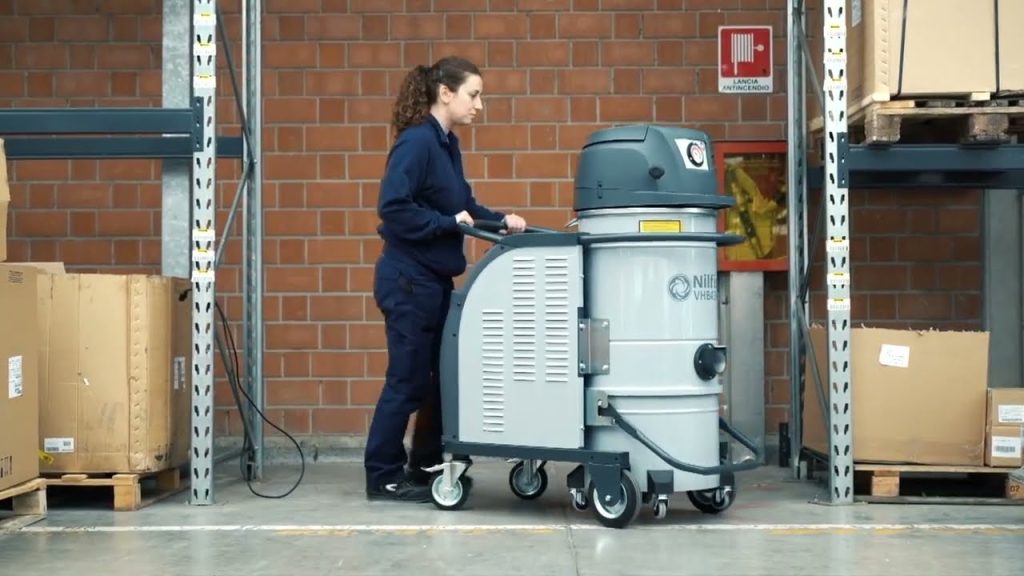
Dust particles can be a hundred times smaller than a grain of sand, making them easy to inhale and causing severe health implications like respiratory issues, skin problems, eye problems and cancer.
Medium-risk dust includes that from cement, concrete and tile cement, dust from repair compounds, filler and clear coats, silica, wood dust, quartziferous materials such as sand and pebbles, and even oil paints. The occupational exposure limit for M Class dust is >0.1 mg/m3, which means there’s a need for a dust extractor that catches 99.9% of the particles.
What are M-Class Vacuum Cleaners?
M Class vacuum cleaner represents a specialised category of industrial cleaning equipment designed to address the complex challenges of dust collection in potentially hazardous work environments. These vacuum cleaners are engineered with advanced technological features that go beyond standard industrial cleaning equipment, focusing specifically on capturing fine dust particles that pose significant health risks to workers.
The classification of these vacuum cleaners is rooted in their exceptional ability to manage medium-hazard dust environments. Unlike standard vacuum cleaners, Class M units are specifically designed to handle dust with occupational exposure limits ranging between 0.1 and 1 milligrams per cubic meter. This precision makes the industrial-grade M Class vacuum critical in industries where fine particulate matter can cause serious health complications, such as construction, manufacturing, woodworking, and mining.
Benefits of Class M Vacuum Cleaners
Enhanced Safety
Class M Vacuum Cleaners are crucial for trapping harmful dust. Their compact yet advanced multi-stage filtration systems frequently involve HEPA (High-Efficiency Particulate Air) filters, capable of fractionating minute particles as small as 0.1 microns. This is paramount to preventing dust particles from re-entering the workplace atmosphere and protecting workers from respiratory risks and other health issues associated with prolonged exposure.
Specific Industry Requirements
Different industries have different dust collection procedures, and these vacuum cleaners are designed to address them. In the building industry, for example, silica must be collected because of its far-reaching health effects after prolonged exposure.
Similarly, mining and manufacturing industries require complex dust management which these specialized vacuum cleaners can provide effectively. All equipment must be tested and certified, and regular performance checks need to be conducted to ensure filter efficiency and compliance with limits of occupational exposure.
Compliance with Workplace Safety Regulations
In the context of Australian workplace safety, these vacuum cleaners ensure strict occupational health and safety compliance. Safe Work Australia has placed broad operating procedures that impose on employers to regulate dust exposure, and M Class vacuum cleaner stands for the best tool for fulfilling this safe task. Australian Standards, particularly AS/NZS 60335.2.69, specify the standards for any electrical equipment used in dust extraction and ensure safety and performance in dealing with them.
Operational Efficiency
M Class vacuums have technologically sophisticated features that extend beyond mere dust collection. These machines are designed with worker safety and operational efficiency in mind.
They typically feature robust construction, ergonomic designs, and advanced filtration systems that can handle various types of dust without compromising performance. The ability to capture and contain potentially harmful particles ensures not only worker protection but also helps businesses avoid potential legal complications related to workplace health and safety.
Recommendations and Regulations
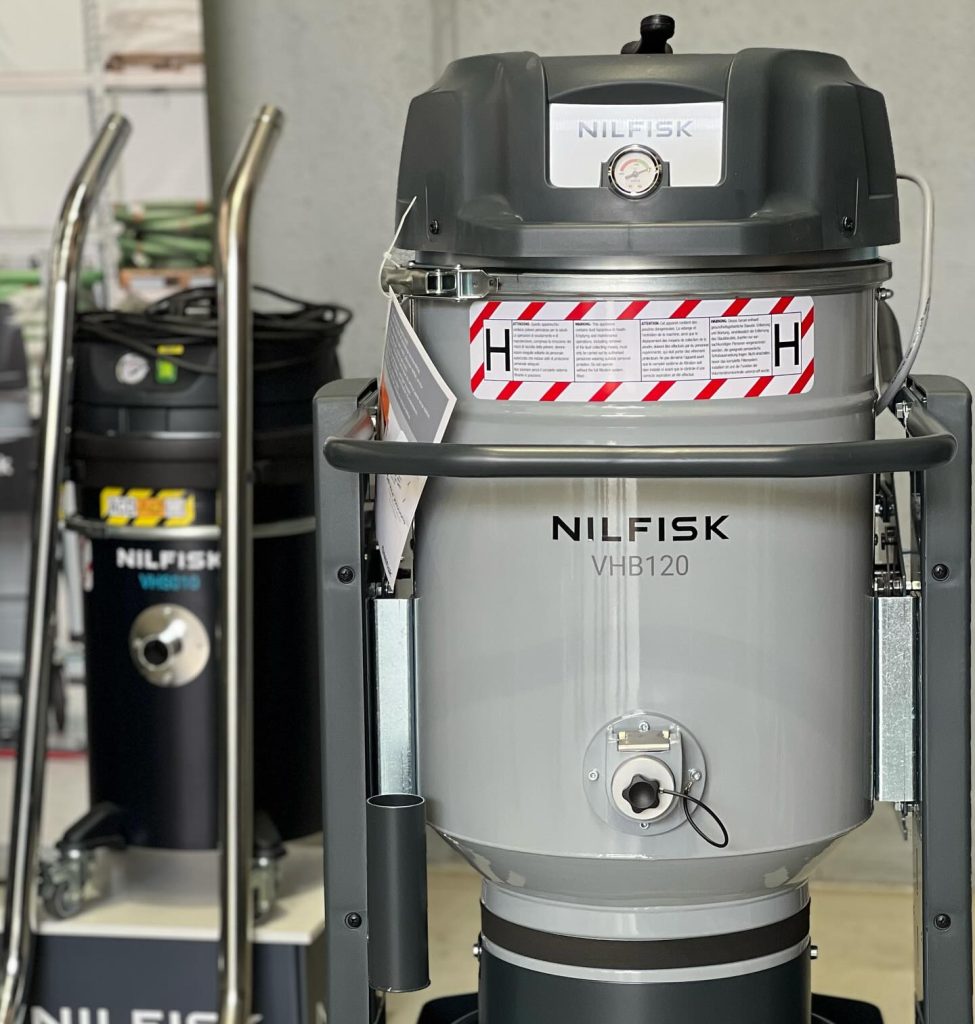
Businesses considering the implementation of Class M Vacuum Cleaners must carefully evaluate their specific workplace requirements and different scenarios. When selecting appropriate equipment, consider factors such as the type and volume of dust generated, the particular industry standards, and the specific health risks associated with dust exposure.
Provide operators with information and proper training, including safe methods of removal and disposal of the material collected. Ensure consistent maintenance of the equipment, and adherence to the manufacturer guidelines, as this is essential to maximising the effectiveness of these specialized vacuum cleaners.
Regulatory agencies emphasize the site-specific approach in dust management. They recommend the use of Class M vacuums as part of a larger dust management strategy. Other strategies may involve the use of personal protective equipment (PPE), water spray methods, and ventilating the space with a fan or other means.
If dust management standards are not enforced, the consequences are huge fines, as well as damage to the reputation. Lessening these risks with Class M vacuum cleaners indicates the business’s commitment to health and safety for its workers.
Takeaway
The regulations in Australia continue to evolve with increasing emphasis on workplace health and safety. Class M Vacuum Cleaners represent a critical technological solution in this ongoing commitment to protecting workers from the invisible yet potentially devastating risks associated with dust exposure.
As industries become more aware of the long-term health implications of particulate matter, these specialized vacuum cleaners will continue to play an increasingly important role in maintaining safe and healthy work environments.

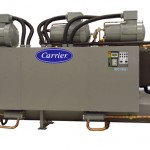
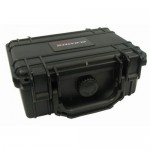

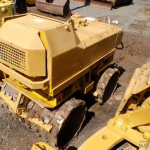
Comments are closed.